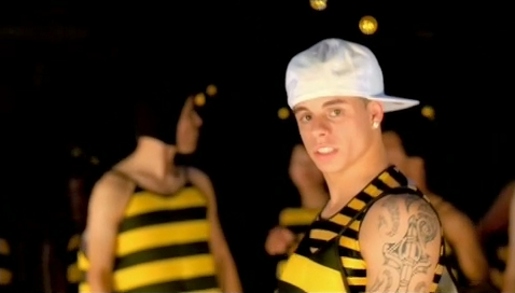In the last few days, the Old Spice man struck back. But who is the “Old Spice man”? The “Old Spice man” was an integrative part of what could/should be considered as one of the best ad of the 2010 year (see below), logging more than 13 million views on YouTube.
The “New” Concept
The concept following-up the February 2010 Old Spice ad includes more than a single ad as it consists of a single ad similar to to the original one (see Should your man smell like an Old Spice man?) and multiple YouTube videos answering back comments related to the February 2010 ad posted on social media platforms by either well-known personalities (e.g Alyssa Milano (see below), Ashton Kutcher) or users with a large and influential network. Was the strategy new? Not really! Answering back comments from individuals considered as “important” is an old and primitive strategy. Was the tactic used new? Yes it was! Using YouTube to answer back these comments can be considered as new, at least in North America.
Capitalizing on Previously Created Buzz
As previously stated in my post entitled Demystifying Viral Marketing – 7 Myths of Viral Marketing: “viral marketing campaigns should be considered as long-term strategies that should be used to attract new users and propagate awareness”. In this way, the February 2010 ad created buzz, and capitalizing on this previously created buzz was brightly executed using a new tactic.
The Next Step
Once again, as stated in my post entitled Demystifying Viral Marketing – 7 Myths of Viral Marketing: “one of the fundamental objectives of viral marketing campaigns is to gain a larger database [and to] turn [users] into loyal users (consumers)”. Thus, the next step for Old Spice would be for sure to turn this “buzz” into customer loyalty.
Conclusion
Bringing back the “Old Spice man” using a new tactic was certainly a bright idea for the Old Spice brand! However, once users know about the tactic used, would it be a bright idea for another company to use the same tactic? Absolutely not! The buzz was there for mainly two reasons: (1) because consumers perceived the tactic used was new, and (2) Old Spice capitalized on previously created buzz. Thus, using the same tactic would be redundant. So what do you think of this Old Spice tactic?
Jean-Francois
